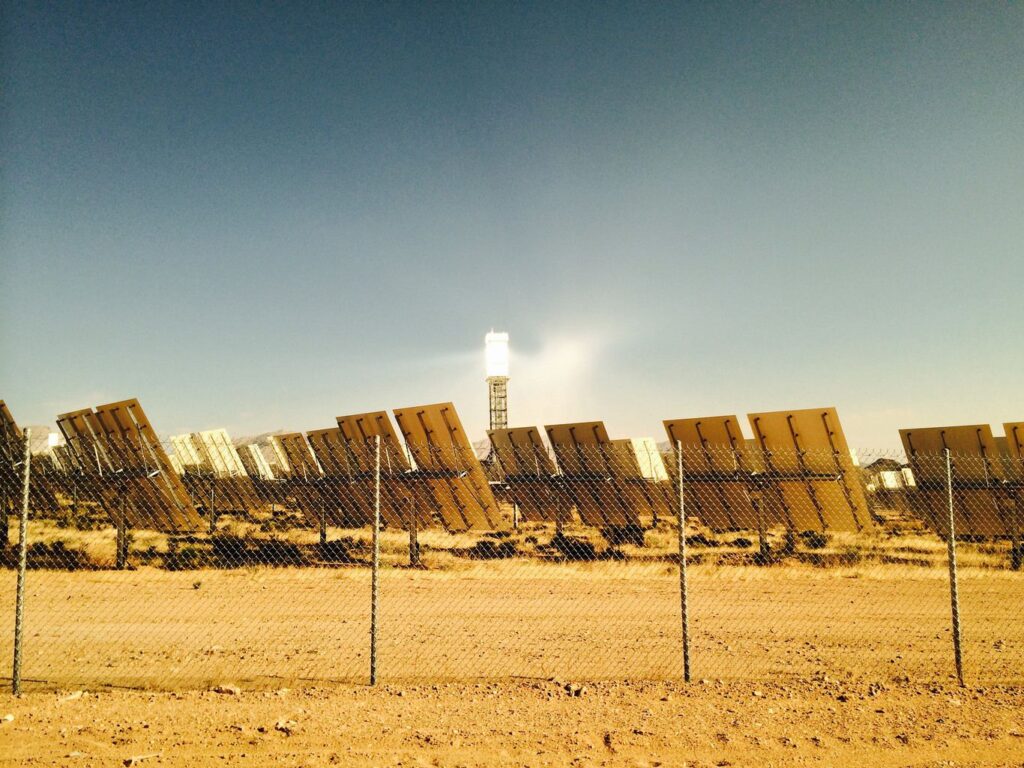The performance of solar panels is influenced by various natural conditions, as they rely on sunlight to generate electricity through the photovoltaic effect. Here are the key natural factors that impact power generation from solar panels:
- Sunlight Intensity:
- Impact: Solar panels generate more electricity when exposed to higher levels of sunlight. The intensity of sunlight varies throughout the day and is influenced by factors such as weather, time of year, and geographical location.
- Effect: Cloudy days, early mornings, late afternoons, and seasons with less sunlight can result in reduced solar panel output.
- Sun Angle and Tracking:
- Impact: The angle at which sunlight strikes the solar panels affects their efficiency. Solar panels are typically mounted at an angle to capture sunlight optimally, but changes in the sun’s angle throughout the day and across seasons can influence energy production. Solar tracking systems that follow the sun can enhance energy capture.
- Effect: Solar panels produce less energy when sunlight strikes them at a less optimal angle.
- Temperature:
- Impact: Solar panel efficiency decreases as temperature increases. High temperatures can reduce the voltage output of solar panels.
- Effect: In hot climates, solar panels may not perform as well as in cooler conditions. However, the impact is usually moderate, and modern solar panels are designed to handle a range of temperatures.
- Shading:
- Impact: Shading, even partial shading, can significantly reduce the output of solar panels. When part of a solar panel is shaded, it can create a bottleneck in the entire system.
- Effect: Avoiding shading and ensuring that solar panels are free from obstructions is crucial for maintaining optimal energy production.
- Dust and Debris:
- Impact: Accumulation of dust, dirt, leaves, and other debris on the surface of solar panels reduces the amount of sunlight reaching the photovoltaic cells.
- Effect: Regular cleaning of solar panels is recommended to maintain their efficiency. Dust and debris can have a more significant impact in arid or dusty environments.
- Geographical Location:
- Impact: The amount of sunlight a location receives depends on its geographical position, latitude, and climate. Areas closer to the equator generally receive more direct sunlight throughout the year.
- Effect: Solar panels in sunnier regions tend to generate more electricity than those in areas with less sunlight.
- Weather Conditions:
- Impact: Weather conditions, such as rain, snow, or hail, can affect solar panel performance. Rain can help clean the panels, while snow and hail can temporarily reduce output.
- Effect: Overall, adverse weather conditions have a short-term impact, and solar panels are designed to withstand most weather events.
Understanding and considering these natural conditions is essential for optimizing the design, installation, and maintenance of solar power systems. Advances in technology, including solar tracking systems and improved materials, continue to address some of the challenges associated with varying natural conditions to enhance the reliability and efficiency of solar panels.


